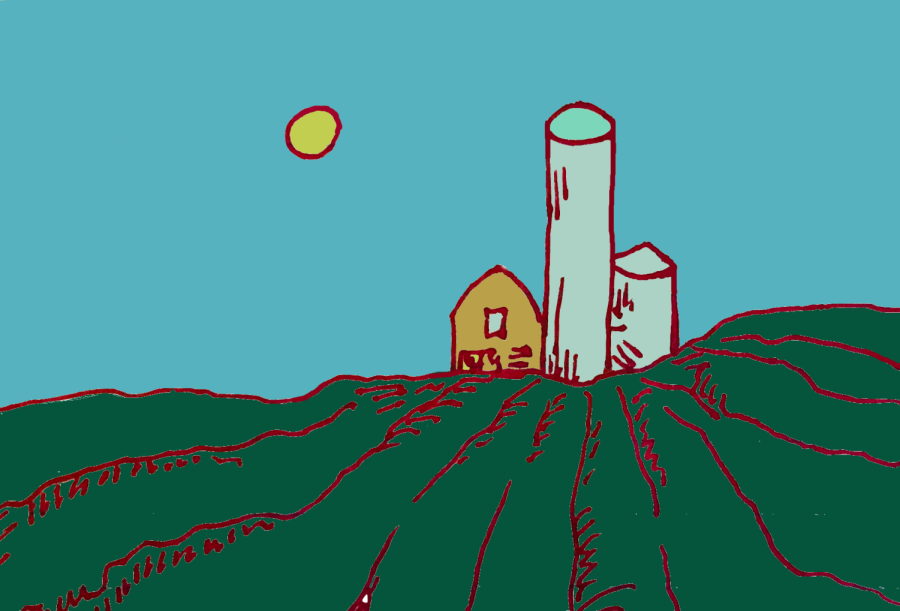Soybean crushing plant plans are underway
The soybean crushing plant is estimated to consume 400,000 gallons of water a day.
April 10, 2023
Iowa developers have plans to build a soybean crushing plant just south of Grinnell city limits. If approved by Poweshiek County, the plant will join a growing number of facilities across Iowa and the U.S. at large dedicated to grinding soybeans, a process some legislators and environmental activists describe as damaging to local environments.
Across the U.S., soybean crushing plants have proliferated to match the rise in demand for soybean meal, soy products and renewable diesel, which uses soybean oil. As of 2023, Iowa has the highest soybean crush capacity of any state, according to the Iowa Soybean Association.
Rachel Bly, Grinnell City Council member, explained that according to the developers’ estimates, the plant would use around 400,000 gallons of water each day. She added that developers told her that wastewater discharged from the plant would be less than the Iowa Department of Natural Resource’s threshold, and it would be insignificant enough that the wastewater could be deposited into the North English River.
“That’s a huge amount that they will be using,” Bly said. “I’m not sure how a plant that uses 400,000 gallons of water a day does not have significant wastewater. Where does it go?”
In general, Bly said, the council has little information, and the proposal for the plant’s construction is in its very early stages. As of April 6, the plant has not received approval by the Poweshiek County Board of Supervisors.
The same developers connected to Grinnell’s proposed plant began construction of a similar soybean crushing plant in 2022 near Storm Lake, Iowa. Bly said that members of Grinnell’s city council have been in communication with Storm Lake officials as the council evaluates the benefits and costs of the plant.
In 2022, Storm Lake Times journalist Tom Cullen reported that its nearby plant would emit hundreds of tons of air pollutants each year, including hexane and dust, but would comply with federal Clean Air Act standards. This is also a concern for Bly.
Similarly, trucks coming to and from the plant could amount to hundreds a day, Bly said, which may contribute to safety concerns and air pollution.
While Bly said she has only heard from constituents with concerns about the plant, she said that she can see potential positive economic impacts for the area if built. For example, local soybean farmers could bring their product directly to a nearby processor, reducing the transportation burden, she said.
“For our farmers, there is likely some positive economic impact,” Bly said. “And it is likely they will get some form of tax abatement from the county, but eventually, there will be a tax benefit because they would have to pay property tax.”
If built, the plant would be located between Iowa Highway 146 and the intersection of 32nd St. and 430th Ave. Because the location of the plant falls outside city limits, Grinnell’s city council does not have the authority to veto or approve the project. However, Bly said that the council can pursue action to discourage or encourage the plant.
“So, we have the ability to say no, they can’t use our water, for example” she said. But even if the council denied the developers’ access to Grinnell’s water plant, developers have the ability to create their own water plant and tap into the same Jordan aquifer Grinnell draws its water from, she said. Bly added that the city council can choose to grant or reject tax incentives to the plant.
Bly said the council will continue to receive data and reports from the developers and the county about pollution, hexane, truck traffic and other factors before pursuing action on the plant.

















































